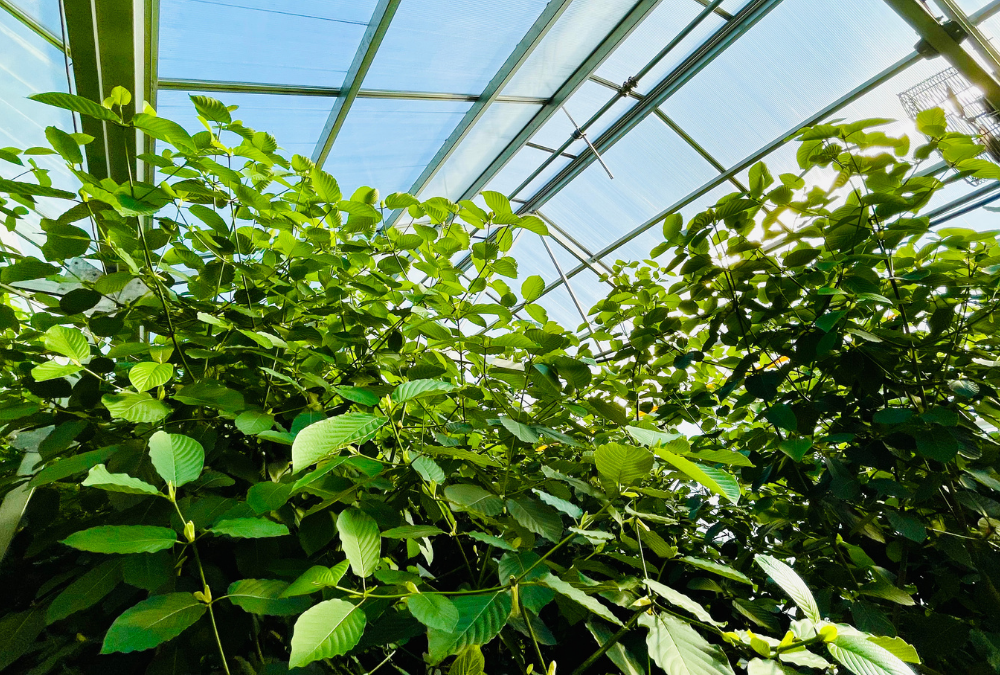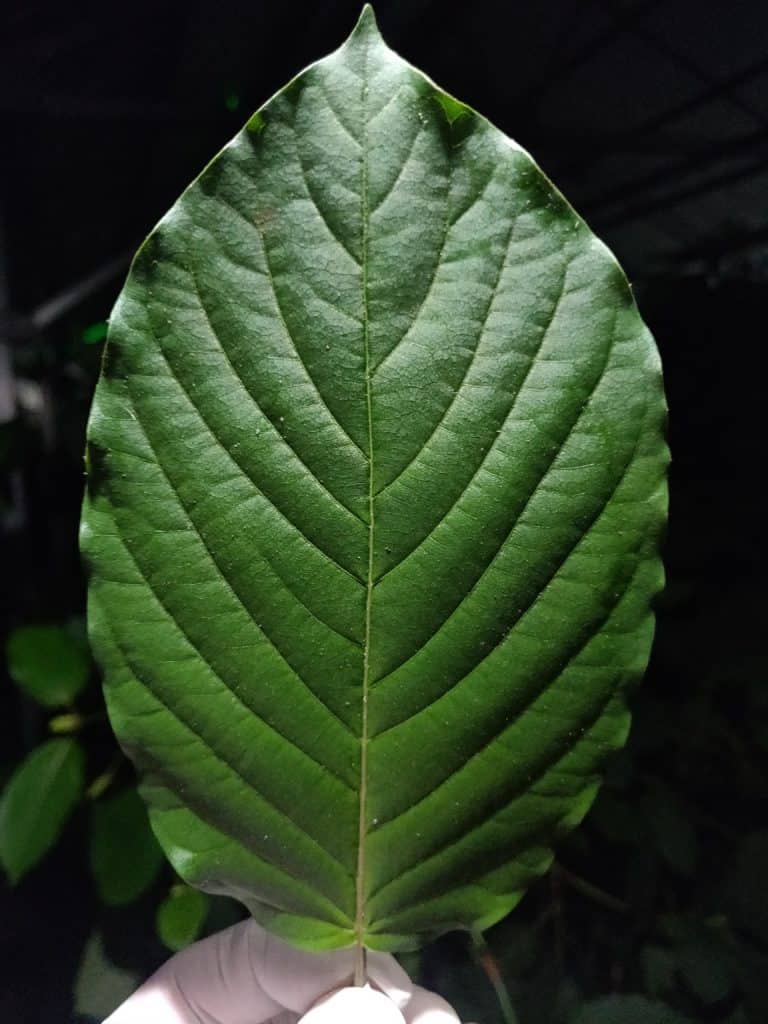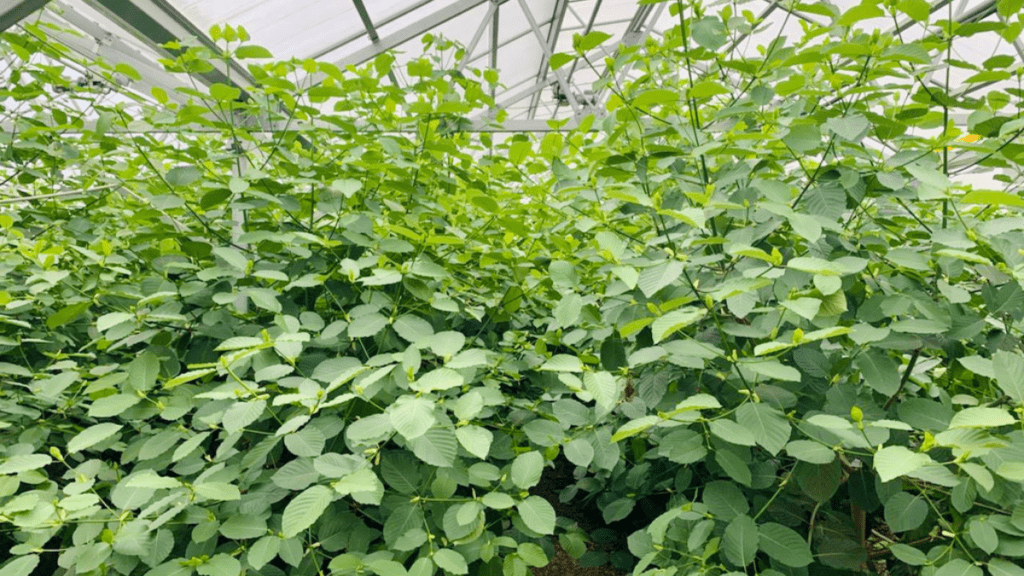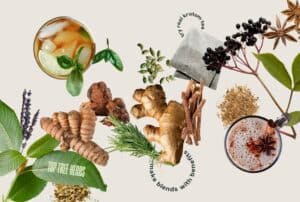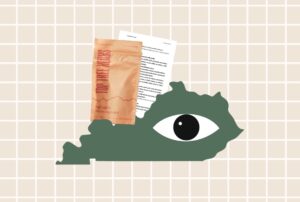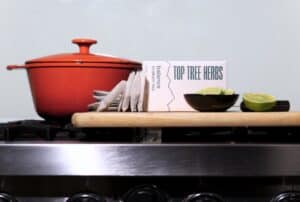Getting to Know the Kratom Plant
Have you ever wondered where your kratom came from? Or thought about the process which led to your enjoying it? Hell, do you know how kratom is “made?” It’s a plant, right? There are kratom plants?
If you ever find yourself asking these questions, you’ve come to the right place. In this post we’ll be discussing the global journey of kratom, as well as local alternatives. And yes, we’ll get into the nitty gritty of the kratom plant.
What is Kratom?
“Kratom” is the Thai word for the Mitragyna speciosa tree and its leaves. It naturally grows in southeast Asia, preferring constant moisture and warmth. Kratom also grows in Indonesia, Malaysia, and most other tropical countries along the seas between the Indian and Pacific oceans. It is has other names in these countries (biak-biak and ketum, among others.) Yet the name ”kratom” has stuck because of the tree’s cultural importance in Thailand.
Today, most of the kratom that comes into the United States grows on plantations. Indonesia leads the world in kratom production. Yet in Thailand, where kratom culture has the richest history, there are few trees.
From 1943 to 2020, kratom was illegal in Thailand. As a result, the majority of the trees were cut down. There is but one forest of “old-growth” kratom trees left. They have been protected by virtue of being in a national park. In the wild, kratom trees can grow over 80 feet tall and possess a diameter of 14 feet at the base.
The Leaves of the Kratom Plant
Unlike most trees that we harvest for food, kratom does not bear an edible fruit, nut, or berry. Instead, we consume the leaves.
Traditionally, people briefly chewed and spat out the freshly-picked leaves. Other times they steep leaves in water over a fire to make a tea. Only in recent years has the leaf material been swallowed with any regularity. This occurs in the United States, thousands of miles from the cultures which utilized it for centuries – more on that later.
The reason the leaves of the kratom plant are harvested and used as a food lies in the alkaloids it contains. Alkaloids are found in approximately a quarter of all higher plants. But what are alkaloids?
Simply put, they are molecules which contain a free nitrogen atom (or atoms). This free nitrogen increases the likelihood that the molecule can bind with a receptor in the human body. When ethnopharmacologists, individuals who study human use of plants for medical applications, search for new drugs in jungles and forests, they usually follow the instruction of indigenous people in that region who explain which plants they use as medicine, and then look for alkaloids in the plant.
In kratom, the predominant alkaloid is mitragynine. Depending on the cultivar and where a kratom tree is growing, you can typically find half a dozen to a dozen or more alkaloids in a leaf. In total, researchers have found over 40 different alkaloids in a variety of kratom trees. After mitragynine, the most common are paynantheine, speciogynine, speciociliatine, 7-OH-mitragynine, mitraphylline, isorhynchophilline, and corynoxine.
Shipping From SE Asia
Let’s trace the steps that go into getting kratom from Indonesia to your doorstep.
First, the kratom leaves are picked from the kratom trees. Kratom plants, for those who are not aware, are not the easiest crop to harvest. In most plantations, the leaves are well over the heads of the farmers. In general, kratom plants can grow 14 inches or more in a month! After a few years, the trees can tower over 20 feet tall. To get the leaves from the branches, laborers cut limbs using blades attached to long poles.
In Thailand, it used to be illegal to grow kratom, so only wild trees could be harvested there. Because it is so difficult to harvest the leaves from wild-growing kratom plants due to their size, some poachers in Thailand cut down entire trees. Luckily, with the recent legalization of kratom in Thailand in 2021, people are beginning to plant kratom trees rather than destroy them.
Back to Indonesia. After picking the leaves from the trees, they are laid out on wire mesh to dry. Following drying, the leaves are usually ground into a micronized powder to cut down on shipping costs, as powder is much more compact than whole leaves.
Some farmers will simply crush the dried leaves by hand, resulting in crushed-leaf kratom (this makes the best kratom tea, as micronized powder gives tea a gritty texture).
To finish the process, the crushed or powdered leaves are packed into boxes, piled into shipping containers, and sent on a long journey across the Pacific Ocean before ultimately arriving in an American port, into the hands of an importer.

Think Global, Shop Local
Kratom has been an incredible blessing to the Indonesian economy. In fact, it is so lucrative that the Thai government simply realized that they could no longer afford to keep it illegal. (An important aside, kratom activists in Thailand are still fighting for the release of over 1,000 prisoners arrested in relation to kratom. The gravity of this work cannot be downplayed.)
While the massive cargo ships that facilitate the exchange of commodities on a global scale have a disproportionately large effect on climate change, kratom itself is a carbon-negative crop (since it is, in fact, a tree). While there haven’t been rigorous studies of the environmental effects of the global kratom industry, international shipping almost certainly is its biggest issue.
All this goes to say that the Indonesian kratom exchange can be good, both environmentally and economically, on a local scale. Yet, it could be much better on a global scale. Reducing the need for kratom leaves to traverse half the globe to reach consumers would greatly improve the overall environmental impact of the kratom industry.
We just discussed how kratom grows in SE Asia, in a tropical, humid rainforest environment. Where else would we be able to get kratom from? Leading American kratom researchers, such as Dr. Chris McCurdy, have tried and failed growing kratom in the US.
But, where there is a will, there is a way.
American Kratom Previous Issues
In Southeast Asia, kratom grows voraciously. Each tree can put on a foot per month of new growth. There are forests where kratom trees are as endemic as oak trees are to the American deciduous forests. Yet in the United States, they are a struggle to grow.
First, kratom plants simply cannot tolerate freezing temperatures. When the University of Mississippi planted some trees for research purposes, they lasted about two years before an unexpected frost rendered all their hard work futile.
Even more disheartening, in the years that they had the trees, they could not detect any of the alkaloids that give kratom its expected effects. The mystery of the kratom plant continued to grow. (In hindsight, Dr. McCurdy reflected that these inactive kratom leaves would have made for a great control group in later studies.)
Despite the challenges, there are new efforts to grow and study kratom in the United States. Thanks to the work of leading kratom researcher and horticulturist Dr. Brian Pearson, we know know mitragynine can be present in young kratom trees.
Furthermore, there have been independent efforts by passionate kratom advocates to grow their own kratom plants along the Gulf of Mexico. Yet these are few and far between, leaving average American kratom consumers looking to Indonesia for their supply.
Not only does this have the environmental toll that we discussed earlier, it also creates a large disconnect between the kratom plant and the consumer. If all you ever see is a green powder, that’s where kratom starts and stops in your mind. On the flip side, seeing a kratom plant makes for a more robust experience and understanding of kratom.
By not shipping halfway across the globe, American-grown kratom is the most eco-friendly option available.
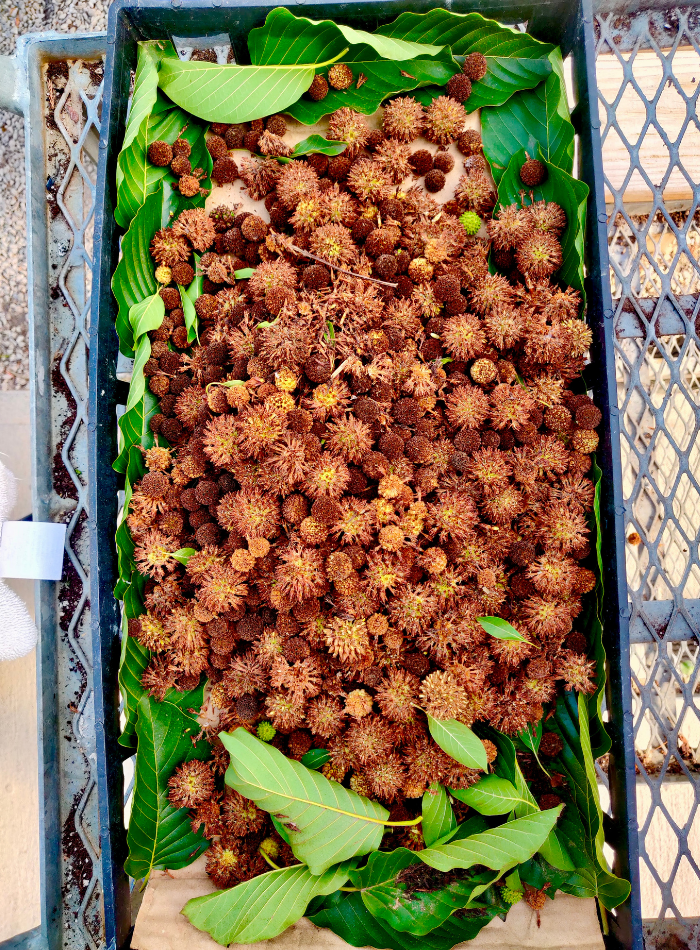
American Kratom Quality
Another interesting fact about kratom is that the levels of alkaloids in it are highly dependent upon where it is grown.
Two papers have shown that kratom in Thailand can be 66% mitragynine relative to their total alkaloid content, while leaves harvested in Malaysia had only 12%. In the Philippines, kratom trees have been analyzed and shown to contain no mitragynine at all!
So what is up with this wide variance in kratom alkaloid content? How can you guarantee that you’ll be getting kratom with the desired alkaloids? Simply, you should request a certificate of analysis (COA) from your kratom supplier, detailing the various levels of alkaloids in your kratom.
Not only does this ensure you’re getting potent kratom, it also details the lack of heavy metals, microbes, and adulterants.
The best part about American-grown kratom is that it is local. Creating more local supplies of kratom could mean a lot of things. For starters, it could make the kratom market more competitive, which gives you more options! Secondly, it can be a reinvestment into your community. Third, and perhaps most importantly, the locally-sourced kratom product is the most environmentally-friendly option available.
Where to Buy Kratom Plants
Top Tree Herbs is proud to announce that we will be selling a limited run of American-grown kratom tea bags beginning January 2023! Our greenhouse is located in the Appalachian mountains and contains 65 mature kratom trees.
Since we are committed to learning more about kratom, we regularly donate fresh and dried kratom leaves and living trees from the greenhouse to scientists all over the country. By purchasing kratom grown in America, you’re making a statement that you want kratom to stay around for a long, long time.
As kratom trees will quickly outgrow the greenhouse, we trim them constantly. As a result, our kratom plants resemble hedges or bushes more than trees.
